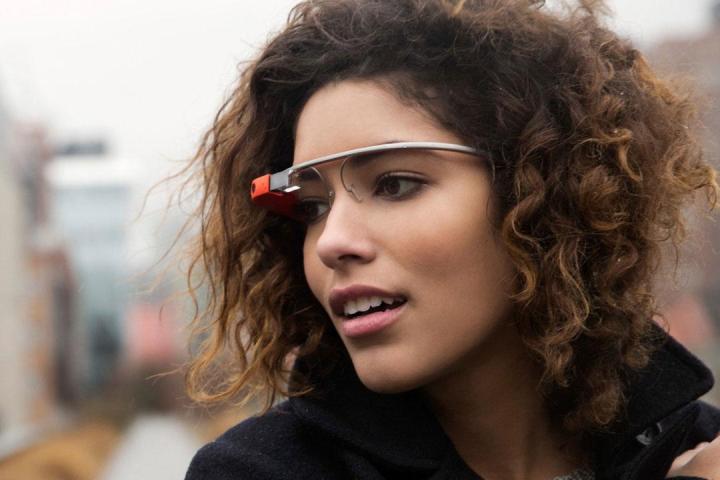
The FCC filing reveals that Google Glass will come equipped with Broadcom 2.4GHz 802.11 b/g Wi-Fi radio with Bluetooth 4.0 Low Energy technology, although one of the documents lists 802.11 b/g Wi-Fi instead. Two different filings also list two different ways to charge the device, one via USB connection and another via a “barrel” connection, which we’re assuming is a proprietary port. It was also revealed that the eye piece will feature an “integral vibrating element that provides audio to the user via contact with the user’s head.” That might pertain to Google’s bone conduction technology patent application for a Glass-like device filed in January.
The company invited those who purchased Google Glass to its San Franciso hackathon in late January and to its New York hackathon this February 1 and 2 for an early preview of the device. Google Glass going through the FCC means it’s been tested safe for human use, but while the lucky I/O attendees might be getting theirs soon, that it will take some time before the rest of us can get one. Project Glass’s leader, Babak Parviz, called it a complicated undertaking and said that there’s still a lot to be done before the eyepiece is ready to hit the market.
Editors' Recommendations
- Your Google Pixel phone may soon get a lifesaving feature
- Google Glass is back? In spirit, yes
- Watch out: Google Drive may have lost months of data
- This Google Chrome feature may save you from malware
- Apple’s secret AR glasses may have this genius feature for glasses users
